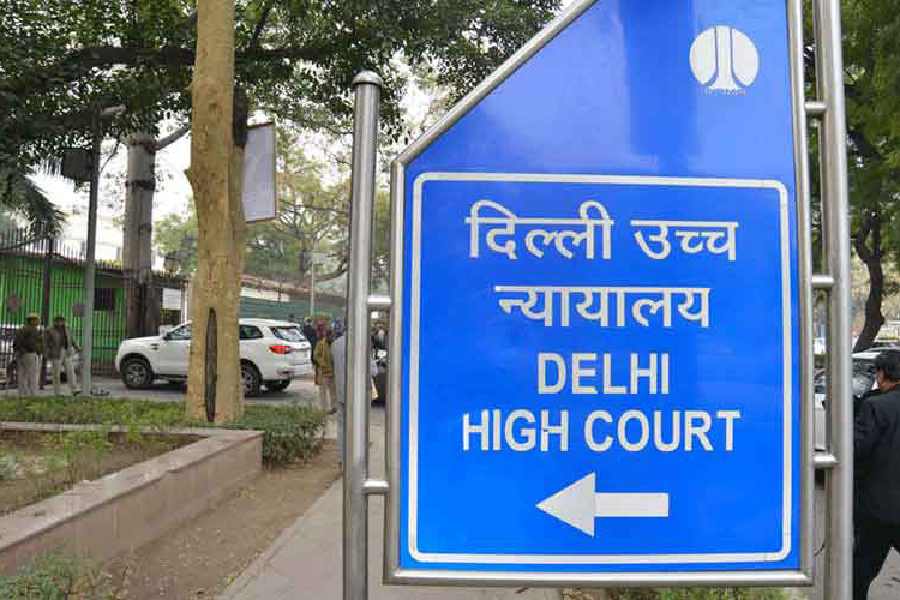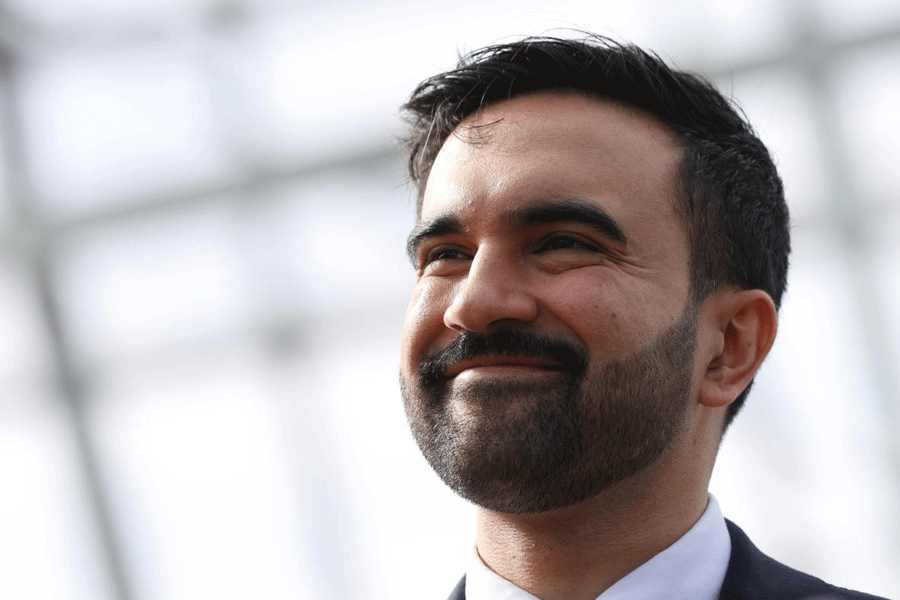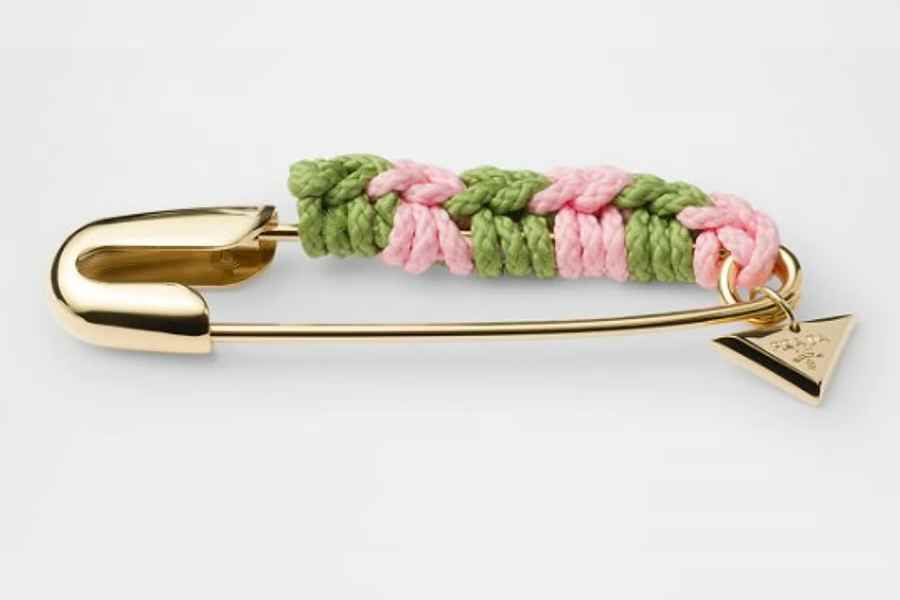 |
| Harminder Dua |
New Delhi, June 12: A Jallandhar-born eye surgeon in England has discovered a previously unknown sheet of tissue in the multi-layered cornea, a finding that he says will make corneal transplant surgeries safer and technically simpler.
The new corneal layer, found by Harminder Dua, professor of ophthalmology at Nottingham University, is a transparent sheet of collagen, the fibrous matrix that also makes up ligaments and tendons. The finding has been published in the research journal Opthalmology.
“The knowledge of this new layer will allow surgeons to understand the (corneal transplant) operation better and make it safer,” Dua, who had studied medicine at the Nagpur Medical College before moving to the UK, told The Telegraph.
Scientists had until now believed that the cornea, the transparent window at the front of the eye, had five layers — from front to back, the corneal epithelium, Bowman’s layer, corneal stroma, Descemet’s membrane (DM) and the corneal endothelium.
Dua has now identified a sixth layer at the back of the cornea, lying between the stroma and the DM. Dua’s layer is thin — only 0.015mm of the 0.5mm thickness of the cornea — but incredibly tough, Nottingham University said in a media release.
Modern corneal transplant surgery involves replacing only the specific layers that are scarred or diseased, and not the entire cornea.
While separating the corneal layers, surgeons thus far thought they were separating the DM from the stroma, Dua said. “We’ve shown that the new layer offers the plane of cleavage about 80 per cent of the time, and because it is so tough, it keeps the eye much stronger than it would have been if the DM had been left behind.”
This layer can also be used to support the endothelium in transplant procedures called endothelial keratoplasty, making the handling of the DM transplant safer and technically simpler, said Dua, who was born in Jalandhar, Punjab, the son of an Indian Air Force officer.
In the process of separating the corneal layers, surgeons typically inject air into the cornea, leading to formation of bubbles between its layers. While performing corneal transplants, Dua had certain doubts about the plane at which the air injected in the cornea separated the DM layer. He investigated his doubts using human eyes obtained from UK eye banks and was able to demonstrate through electron microscopy the existence of the new layer.
Dua’s layer could help surgeons better identify where the bubbles will form and take appropriate measures during the operation, according to the Nottingham University media release. If surgeons inject air next to Dua’s layer, its strength would imply that it is less prone to tearing and this would mean a better outcome for the patient, the university said.
The discovery could also have an impact on understanding certain corneal diseases. Scientists believe that a condition called corneal hydrops, a bulging of the cornea caused by fluid accumulation, is caused by a tear in the Dua layer, the university said.










